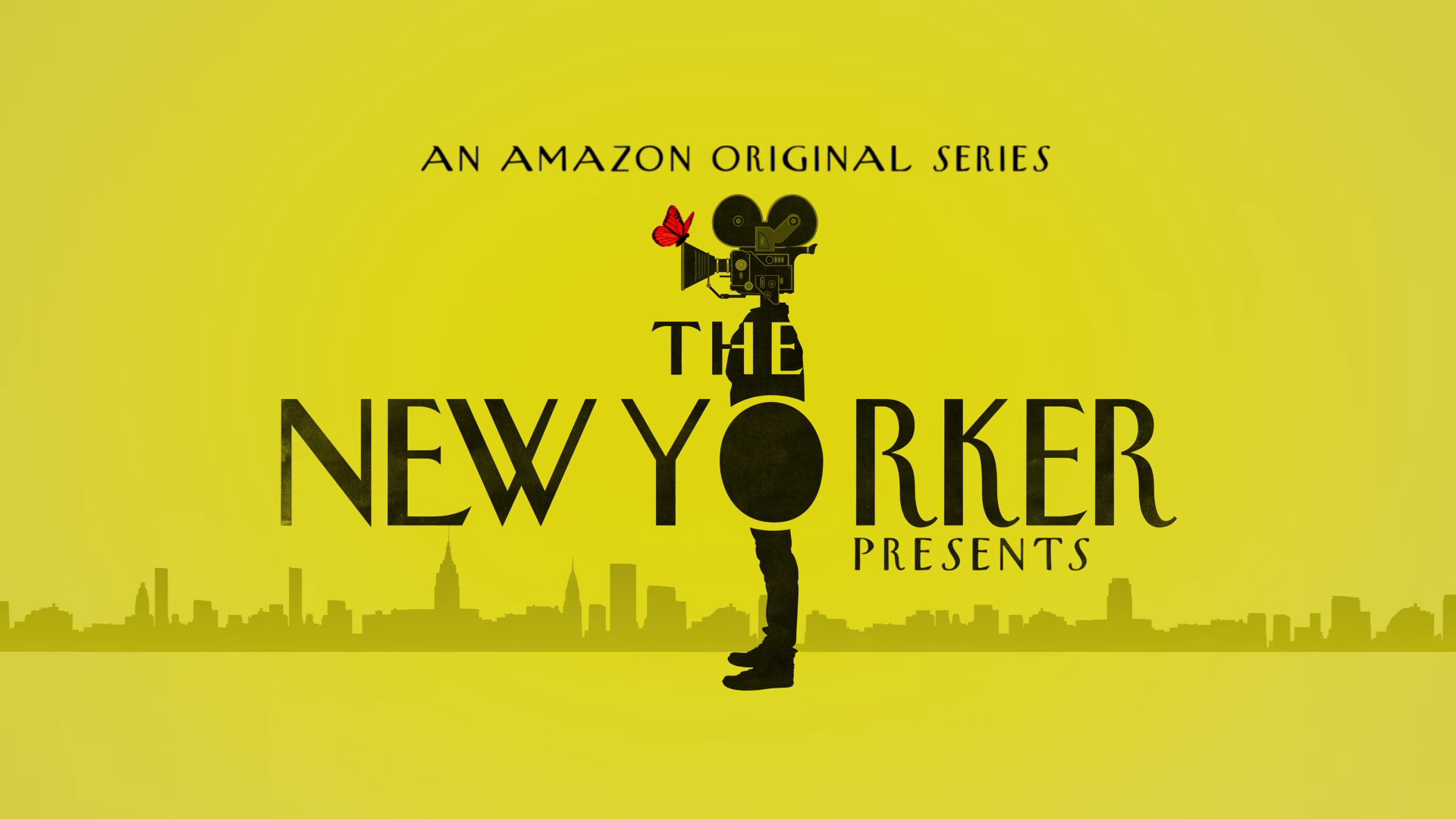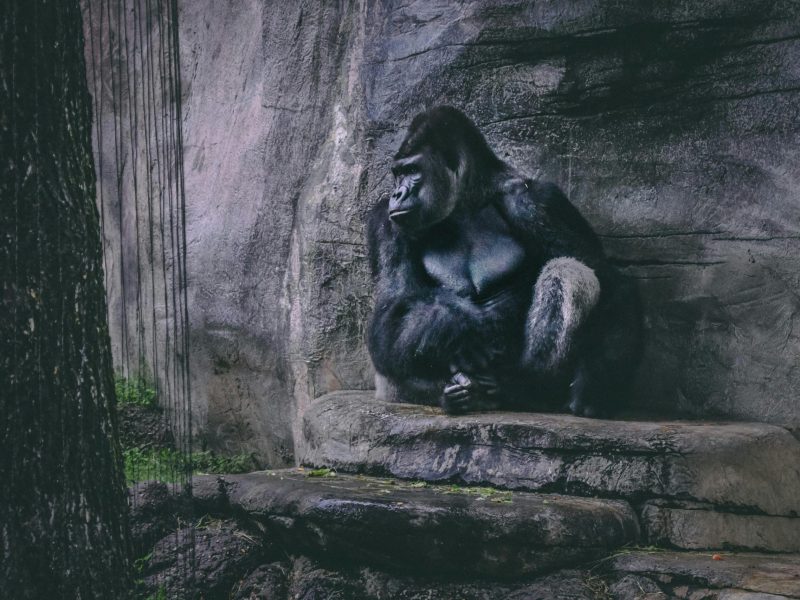It’s been long understood that the future of print is the Web. In fact, many say the future of television is also online. But The New Yorker is experimenting with a new idea — what if the Internet isn’t the final frontier? From magazine to screen, The New Yorker Presents is an Amazon original series aimed at capturing the essence of the iconic periodical and bringing it to life in a new medium.
Amazon released three half-hour episodes since Tuesday, promising more to come each week. The series, available for free with Amazon Prime, explores a range of topics, most focusing on the human experience told through a single narrative in the subject’s own words. These documentaries are the gems of the show, often running more than 10 minutes in length. There are also several shorter pieces based off previously published New Yorker articles, with the authors often appearing as experts in the story.
The first episode sets a somber, almost spooky tone, beginning with a man who suffers from the Truman Show delusion, a condition in which a person believes they’re living in a reality show. To him, everything was a camera filming for the big reveal. The story is told through narration and the man’s artwork as well as re-enactment footage. Combined with dramatic music, the piece is foreboding and eerie. The show doesn’t do much to change the mood during an investigative report about the CIA’s role in 9/11. While the stories are executed well, the Dateline style feels overplayed and unexpected, especially to kick off the show.
Fortunately, there are some lighter moments during the second and third episodes, which make a stronger case for The New Yorker Presents‘ longevity. A sketch about God and his prophet — the off-the-deep-end type who preaches in front of grocery stores mostly naked — is both clever and quintessentially New Yorker.
“I have a very strict dress code for my prophets — helmet, Speedo — end of story,” says God, clad in a buttercream vest wearing thick black frames that scream, “God is a columnist for a hip city magazine.”
The segments are often separated by time-lapses of New Yorker cartoonists creating their work. Another reoccurring item follows a man feeding his doves early in the morning and then a beekeeper tending to his hive on a roof surrounded by high-rises. These simple breaks let the art of cinematography speak for itself.
The filmmaking is artistic, to say the least – it’s the New Yorker, after all — and the buttery DSLR-esque quality is highly stylized but smooth and colorful. Combined with cartoonish graphics, it’s an aesthetic made specifically for lovers of the magazine.
Nowhere is the style more compelling than in a piece about a young boy’s journey to become a rodeo rider. The story captures the rough reality of a dangerous sport and the way his family influences his dreams, for better or worse. Even watching the only female rider in the competition nearly get trampled by a full-grown bull isn’t enough to make audiences look away.
In a brave attempt to preserve a centerpiece of the printed work, The New Yorker Presents finishes the last two episodes with dramatic readings: the first, on the history of racial discrimination in the U.S., and the second, a poem about a young man mourning the death of his older brother. While the writing might be The New Yorker‘s finest, it doesn’t quite translate to television. The heavy editing of home video for the poem’s visuals only overdramatizes an already traumatic experience. And the essay, while powerful, is too long to keep one’s focus.
Despite having the bumps expected in any infant series, The New Yorker Presents is a genius idea done well. It’s not without its challenges — a little overplayed and a little one-note — but the famed magazine has expertly proved the power of its storytelling and given us a taste of the comedic potential it hopefully will develop. With the revival of deep narratives and longform journalism, there has never been a better time for the introduction of The New Yorker Presents.



